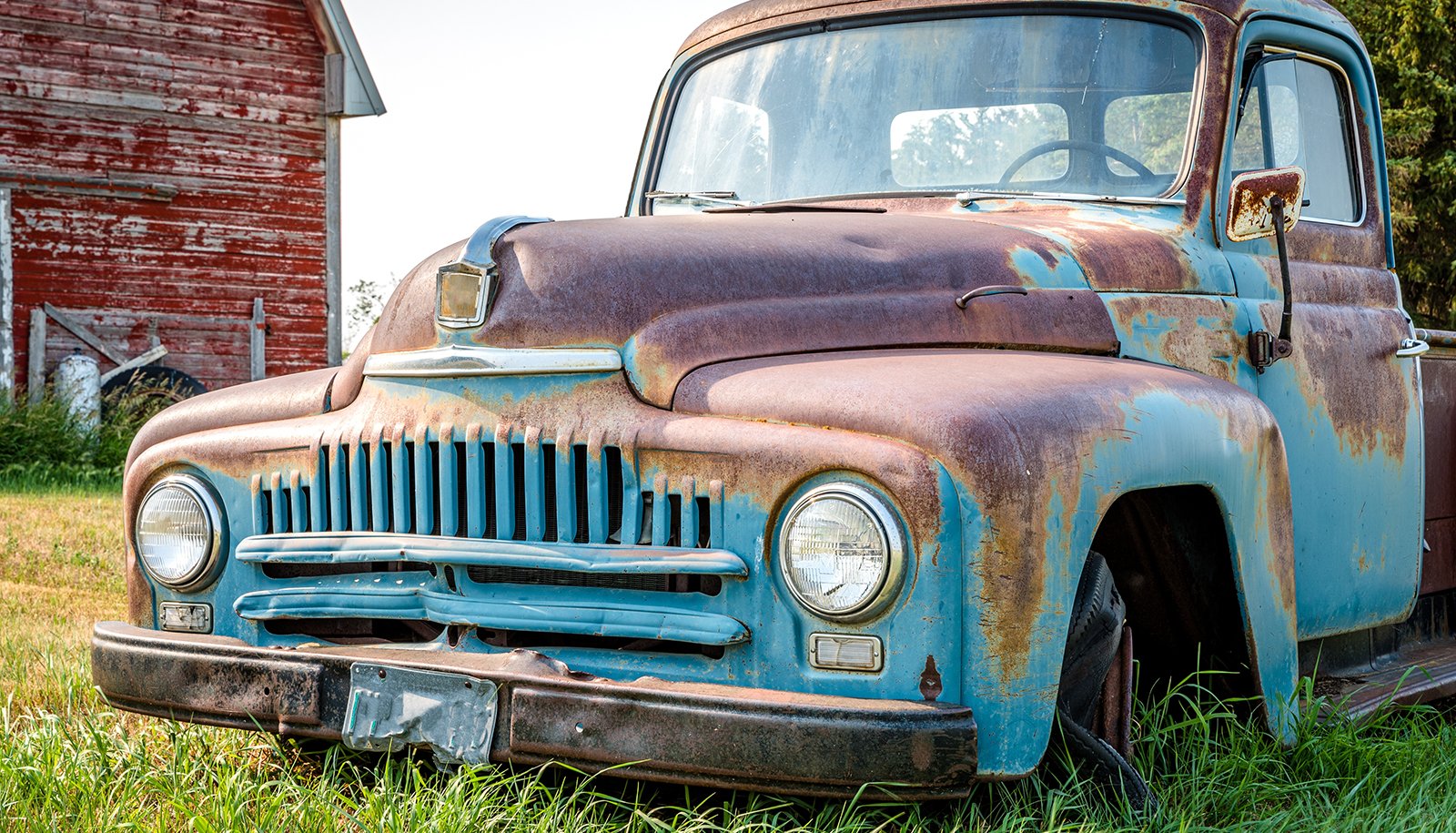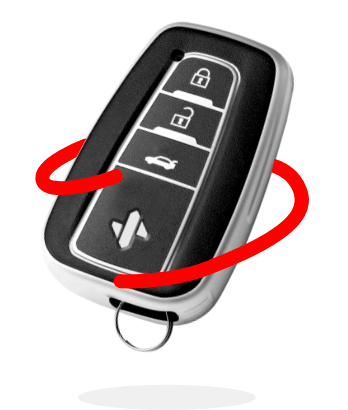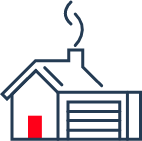Finding trusted home insurance can seem overwhelming, but add on all the different types? Dwelling, personal property, personal liability…oh my! It’s enough to make your head spin.
We’re here to break down two confusing areas in homeowners insurance: home insurance vs. hazard insurance. In this post, you’ll learn:
- What is home insurance?
- What is hazard insurance?
- What’s the difference between home & hazard insurance?
WHAT IS HOME INSURANCE?
Home insurance — or homeowners insurance — refers to the financial coverage that protects both your home and assets. Homeowners insurance is meant to help handle unfortunate situations like damage, covered peril, and burglary.
In exchange for home insurance coverage, you’ll pay a monthly or annual premium to your insurance company. Then when a covered disaster or incident occurs, you’ll be responsible for a deductible amount and your insurance carrier will be responsible for the remaining sum.
Types of Home Insurance Coverage
Home insurance isn’t a one-size-fits-all solution. There are multiple types of coverage that can be combined depending on your unique needs.
However, most policies come with the following forms of coverage:
- Dwelling: This coverage accounts for your home (and anything that’s built-in) itself. This part of your policy covers incidents and accidents to the house, flooring, walls, cabinetry, roof, and so on.
- Personal property: If your personal possessions are damaged during a covered incident, most policies will pay to replace them.
- Other structures: This portion of the policy takes care of any detached structures on your property. This could include things like a detached garage, shed, playhouse, or fence.
- Personal liability: If someone is on your property and is hurt in an accident or suffers damage to their own property, liability insurance covers it. From medical bills to repairs or replacement to legal fees incurred, liability coverage is an important part of your home insurance policy.
- Additional living expenses: When damage has occurred to your home and it becomes unlivable, this portion of your coverage takes care of new expenses incurred, such as a hotel or temporary home rental. It could even cover new expenses, outside of your normal living expenses.
In addition to these core coverage areas, insurance companies also offer add-on policies or endorsements to cover additional issues like unique weather conditions (such as floods or earthquakes).
WHAT IS HAZARD INSURANCE?
While homeowners insurance is the umbrella term describing your entire home insurance policy, hazard insurance speaks directly to the dwelling and other structures portion coverage.
Sometimes confused with catastrophe insurance, which is a standalone policy, hazard insurance is part of all home insurance coverage.
Why is “Hazard Insurance” Used?
You might be wondering why the term “hazard insurance” is necessary when there are already terms for it (dwelling and other structures coverage).
Hazard insurance is a term most often used (and required) by mortgage lenders. Some lenders require homeowners to have a certain scope of coverage for hazard insurance; thereby making it clear that they aren’t referring to the policy as a whole, simply the dwelling and other structures portion.
Your lender might require certain coverage amounts, deductibles, and finally proof of required hazard insurance before finalizing your mortgage.
What Does Hazard Insurance Cover?
Hazard insurance comes in two forms: named perils and open perils. As it suggests, named perils cover certain specified perils in the policy. Open peril policies, however, cover everything except those perils specifically outlined in your policy.
Named peril policies covered in your hazard insurance often include:
- Explosions
- Fallen trees or other objects
- Fires
- Frozen plumbing
- Hail
- Lightning
- Severe storms
- Sleet
- Smoke
- Theft or vandalism
- Weight from ice or snow
- Windstorms
Open peril policies will often exclude the following disasters and incidents:
- Collapse
- Earth movement, including earthquakes, landslides, and mudslides
- Flood damage
- Government intervention or action
- Mold
- Neglect or intentional damage
- Nuclear hazard
- Power failure
- War
- Wear and tear
WHAT’S THE DIFFERENCE BETWEEN HOME & HAZARD INSURANCE?
So what’s the difference between the two?
If you’re still a little confused, here’s another way to understand hazard vs. home insurance: hazard insurance is part of home insurance. Hazard insurance includes dwelling and other structures coverage in your homeowners insurance policy.
Since the two terms are not one in the same, they cannot be used interchangeably. You also can’t purchase hazard insurance as a standalone policy.
Now that you have a good understanding of the difference between home and hazard insurance, you’ll be able to communicate with both the insurance agency and your mortgage lender with ease.
If you need help finding the best homeowners insurance coverage for the best price, start by speaking to a SimplyIOA agent at 833.872.4467 or get a homeowners insurance quote online now.










